Advertisement
In todays digital age, many people rely on online payments, but checks remain a reliable and widely used form of payment. Understanding the parts of a check is crucial, whether you're writing one for personal use or accepting one as payment. While checks might seem simple on the surface, each part serves a specific purpose to ensure the transaction is valid and secure.
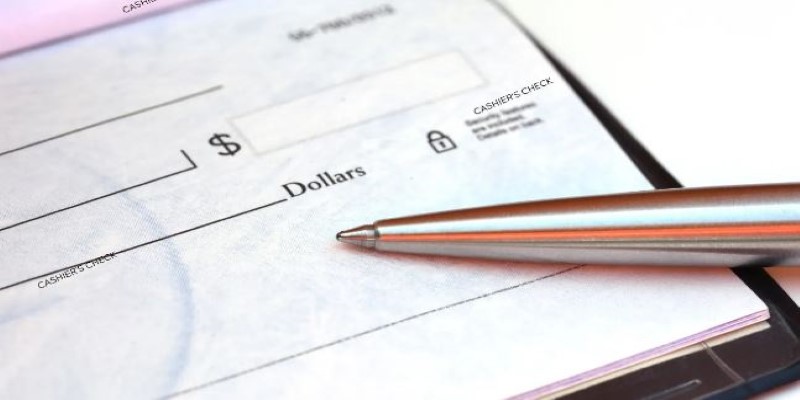
In this article, well break down the parts of a check, explore their roles, and explain how they work together to form a legally binding document. By the end of this guide, you'll be more confident in handling checks in various financial situations.
A check may look like just a piece of paper with numbers and text, but each element is essential for processing payments. Below is a detailed look at the parts of a check.
Located in the top right corner, the date line allows the writer of the check to specify when the check was issued. This date plays an important role in determining when the check is valid for processing. A check is typically considered stale-dated if not deposited or cashed within six months from the date written on it. Writing a future date on the check, known as post-dating, is a common practice, though banks may cash the check before that date, depending on their policies.
This is where the name of the person or entity receiving the money is written. Its important to fill out this line carefully because whoever is named here is the only one authorized to cash or deposit the check. Leaving this section blank is risky, as anyone can fill in their own name and cash it. Always ensure that the payees name is correct and fully written out to avoid any confusion or disputes later on.
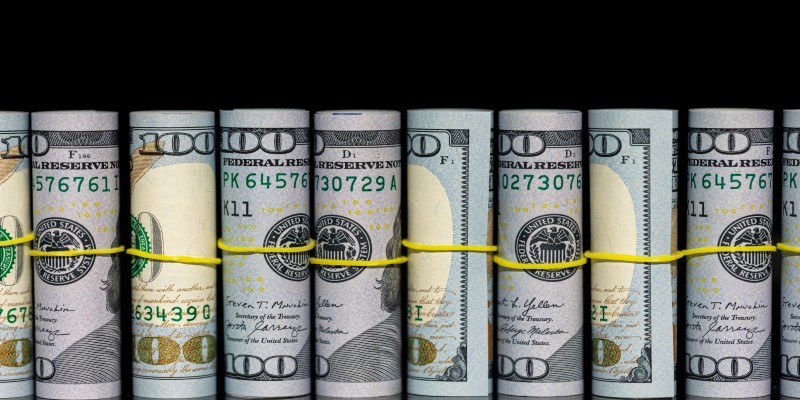
This box contains the amount of money the check is written for, displayed in numerical form. The bank uses this number to process the exact payment amount. It must correspond with the written amount to ensure accuracy. If there is any discrepancy between the numerical and written amounts, banks typically defer to the written amount as the legal obligation.
Below the payee line is a space where the check's amount is written out in words. This is a crucial security feature, as it acts as a double check against potential tampering with the numerical amount. If someone tries to change the numerical figure, the written amount serves as a backup to confirm the intended payment.
The memo line, usually located in the bottom left corner, allows the check writer to specify the purpose of the check. This could be a simple note, such as rent payment or utility bill, to remind the payee of the checks purpose. While the memo is not legally binding, it can be useful for record-keeping purposes, especially when handling multiple payments or recurring transactions.
Perhaps the most important part of the check, the signature line validates the document. By signing the check, the payer authorizes the bank to transfer the specified amount of money to the payee. A check without a signature is not valid and cannot be processed by the bank. Its essential to ensure the signature matches the one the bank has on file, as inconsistent signatures can result in the check being rejected.
Located near the bottom of the check, this section provides the name and address of the bank from which the funds will be drawn. This helps the payee identify the bank and assures them that a reputable financial institution backs the check. The bank information also helps in routing the check to the correct processing channels.
The routing number, printed at the bottom left of the check, is a nine-digit code that identifies the bank's location and institution. It directs the check to the correct bank for processing. This number is crucial for distinguishing between different financial institutions and ensuring that the funds are correctly routed.
Next to the routing number is the account number, which is unique to the person or entity issuing the check. This number specifies which account the money will be withdrawn from. It is vital to keep this information secure, as anyone with access to the account number could potentially attempt unauthorized transactions.
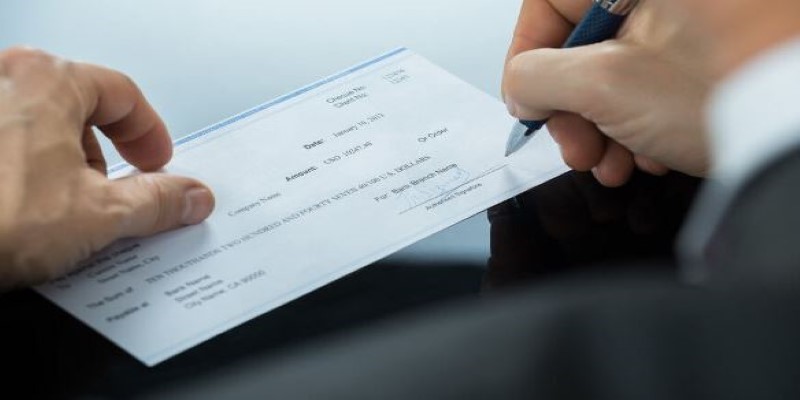
The check number is usually found in the upper right-hand corner and repeated at the bottom of the check. This number helps both the payer and the bank keep track of individual checks, making it easier to monitor payments and detect missing or duplicate checks. It's a simple yet effective way of organizing and keeping a record of issued checks.
Once a check is written and handed over to the payee, the bank's processing system takes over. First, the payee will either deposit or cash the check. The bank receiving the check will then verify the funds with the issuing bank by cross-referencing the routing number and account number. If the funds are available and the check details are correct, the issuing bank will transfer the money to the payees account.
If there is an issue, such as insufficient funds or a mismatch between the written and numerical amounts, the check may be returned, and the transaction will be voided. To avoid these complications, it's essential to ensure all details are correct before writing a check.
With the rise of digital banking, electronic checks have become more common. An electronic check functions similarly to a paper check but is processed electronically, often through online banking platforms. The same information is requiredrouting number, account number, payee informationbut the process is faster and more convenient, as there is no need to physically handle the check.
Many people also use other modern payment methods, such as credit cards, mobile payments, or direct transfers. Still, checks remain relevant, particularly in business transactions or when paper records are preferred.
Checks may seem outdated to some, but they are still a vital part of many financial transactions. Understanding the different parts of a checksuch as the routing number, account number, and signature lineensures that you're able to write and process checks accurately and securely.
Whether you're using a paper check or an electronic one, knowing these components is essential for smooth and secure payments. While technology continues to evolve, checks provide a level of control and traceability that many individuals and businesses still value.
Advertisement
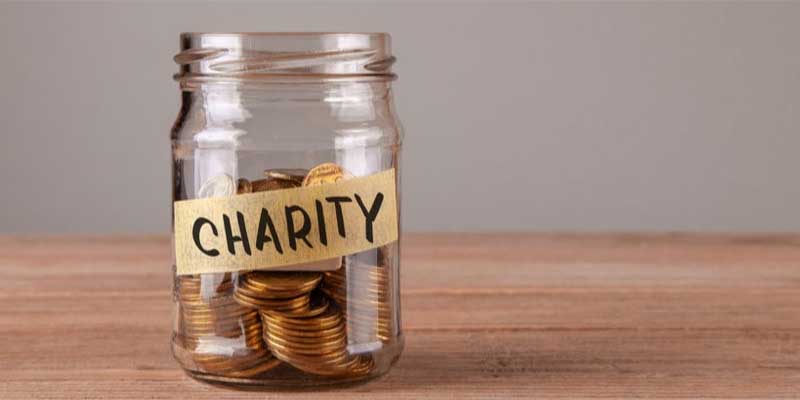
By Elva Flynn/Nov 13, 2024

By Madison Evans/Oct 10, 2024

By Georgia Vincent/Oct 31, 2024

By Nancy Miller/Dec 12, 2024

By Triston Martin/Oct 22, 2024

By Elva Flynn/Nov 16, 2024

By Nancy Miller/Oct 12, 2024

By Christin Shatzman/Sep 28, 2024
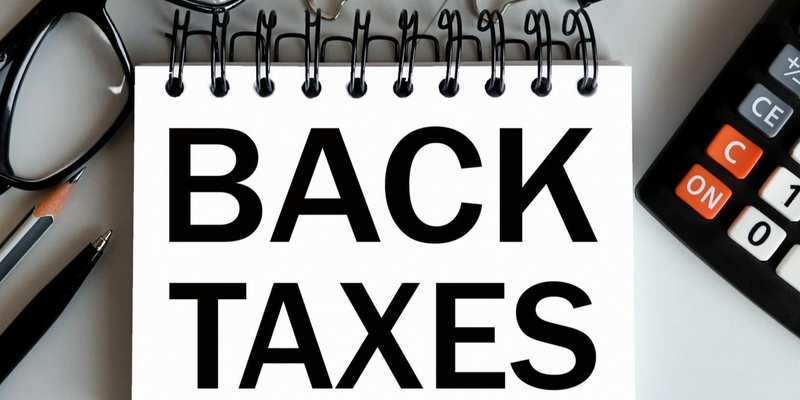
By Vicky Louisa/Nov 10, 2024

By Mason Garvey/Dec 07, 2024

By Juliana Daniel/Dec 07, 2024

By Sean William/Dec 07, 2024